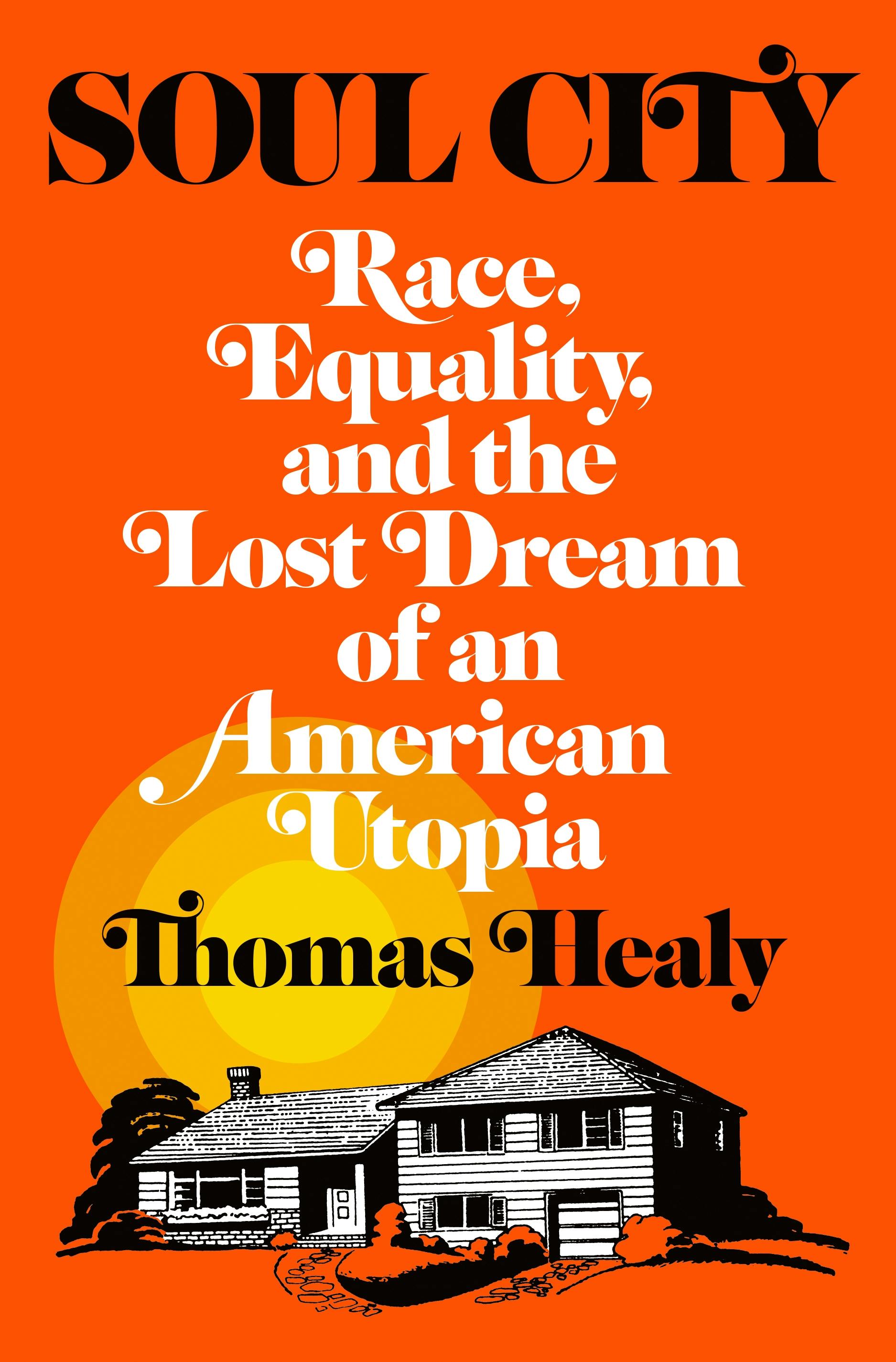In 1946, a young Black G.I. named Floyd McKissick stood amid the bombed-out rubble of Tourcoing in northern France. His unit was helping rebuild the city, and he wondered why Americans couldn’t embark on a similar task of rebuilding neighborhoods blighted by segregation at home. He would return to the United States only a few months later, but the announcement of U.S. aid to Europe under the Marshall Plan in 1948 got him thinking further. What if rebuilding involved not only bricks and mortar but also economic opportunity?
As Thomas Healy shows in his stirring new book, Soul City: Race, Equality, and the Lost Dream of an American Utopia, McKissick never forgot his experience in war-torn Europe. In 1969, he announced that he was building a new community dedicated to Black economic empowerment, located on the site of a former slave plantation in rural North Carolina. Soul City would be open to residents of all races but designed to help Black residents through a combination of cultural uplift, jobs, and egalitarian social policies. Far from a quixotic vision or separatist fantasy, Soul City attracted interest from across the political spectrum: McKissick secured $14 million in federal urban renewal funding to bankroll the project, thanks in part to his assiduous courting of the Nixon administration. Indeed, the question that lingers around Soul City is not why it failed, but how it came so close to becoming reality.
Floyd McKissick was no stranger to audacity. A native of Asheville, North Carolina, he made his name as an activist with the Congress for Racial Equality, a major civil rights organization that swung in an increasingly radical direction after the assassination of Dr. Martin Luther King Jr. in 1968. But McKissick wasn’t content with direct action and community organizing. With his wartime memories in mind, he sought to create the conditions for Black prosperity by building new communities from scratch.
The time was ripe. McKissick pitched Soul City as the solution to a range of issues grouped under the heading of postwar “urban crisis.” By the late 1960s, conditions in the nation’s cities were reaching breaking point. The influx of dollars provided for federal urban renewal did little to stem either white flight to the suburbs (subsidized by federal mortgage programs) or the marginalization of Black communities in what would be deemed the “inner city.” Designed as a partial solution to urban ills, President Lyndon Johnson’s 1968 New Communities Act provided federal support for the establishment of new towns. While the federal government imagined these communities as white, McKissick saw an opening. Soul City would address urban deprivation by reversing decades of out-migration from the rural South. And it would embody the self-sufficiency prized by the new face of the civil rights movement—Black Power.
